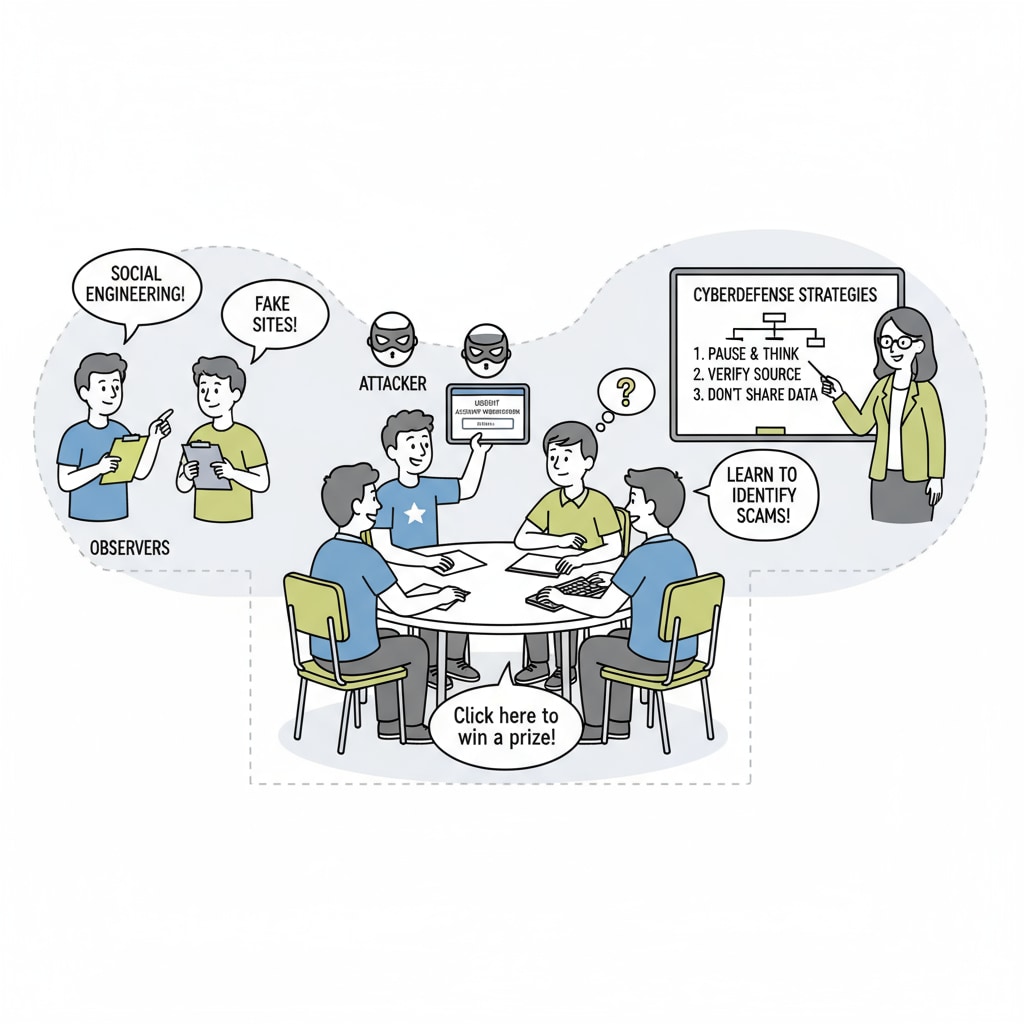Cybersecurity education, student engagement, and simple explanations are crucial elements when it comes to teaching K12 students about digital safety. In today’s digital age, students are constantly exposed to various online threats, making it essential for educators to find effective ways to convey this important knowledge.

Understanding the Need for Cybersecurity Education in K12
K12 students are at a vulnerable stage in their digital journey. They are eager to explore the online world but may lack the awareness of potential risks. For example, they might click on links without thinking twice, exposing themselves to malware or phishing attacks. According to the Federal Trade Commission’s guide on online safety for kids, children and teenagers are prime targets for online predators and data breaches. Therefore, it is the responsibility of teachers to arm them with the necessary knowledge to protect themselves.
Engaging Teaching Methods
One effective way to engage students is through real-life examples. Instead of using complex technical jargon, teachers can relate cyber threats to everyday situations. For instance, explain that sharing personal information online is like giving out the keys to your house to a stranger. Role-playing activities can also be highly effective. Have students act out scenarios where they encounter cyber threats and learn how to respond. This hands-on approach not only makes the learning process more fun but also helps students better understand and remember the concepts.

Common Mistakes to Avoid
One common mistake is overloading students with too much technical information. Younger students, especially, may find it difficult to grasp complex concepts like encryption algorithms. Another error is using a one-size-fits-all approach. Different age groups have different learning capabilities and interests. Teachers should tailor their teaching methods to the specific needs of each grade level. For example, elementary school students may respond better to colorful visuals and simple stories, while middle and high school students can handle more in-depth discussions.
The “CYA Security” Project: A Practical Approach
The “CYA Security” (Cover Your Assets Security) project is a great initiative to make cybersecurity education more engaging. It focuses on using simple, easy-to-understand language and interactive experiences. Teachers can start by introducing basic concepts like creating strong passwords and recognizing suspicious emails. Through group projects and discussions, students can learn how to apply these concepts in their daily online lives. This project also encourages students to take an active role in protecting their digital identities, thereby increasing their overall awareness of cybersecurity.
Readability guidance: By using real-life examples, role-playing, and avoiding common teaching mistakes, teachers can enhance student engagement in cybersecurity education. The “CYA Security” project offers a practical way to make this education more accessible and effective for K12 students. As educators, it is our duty to ensure that the next generation is well-equipped to navigate the digital world safely.


